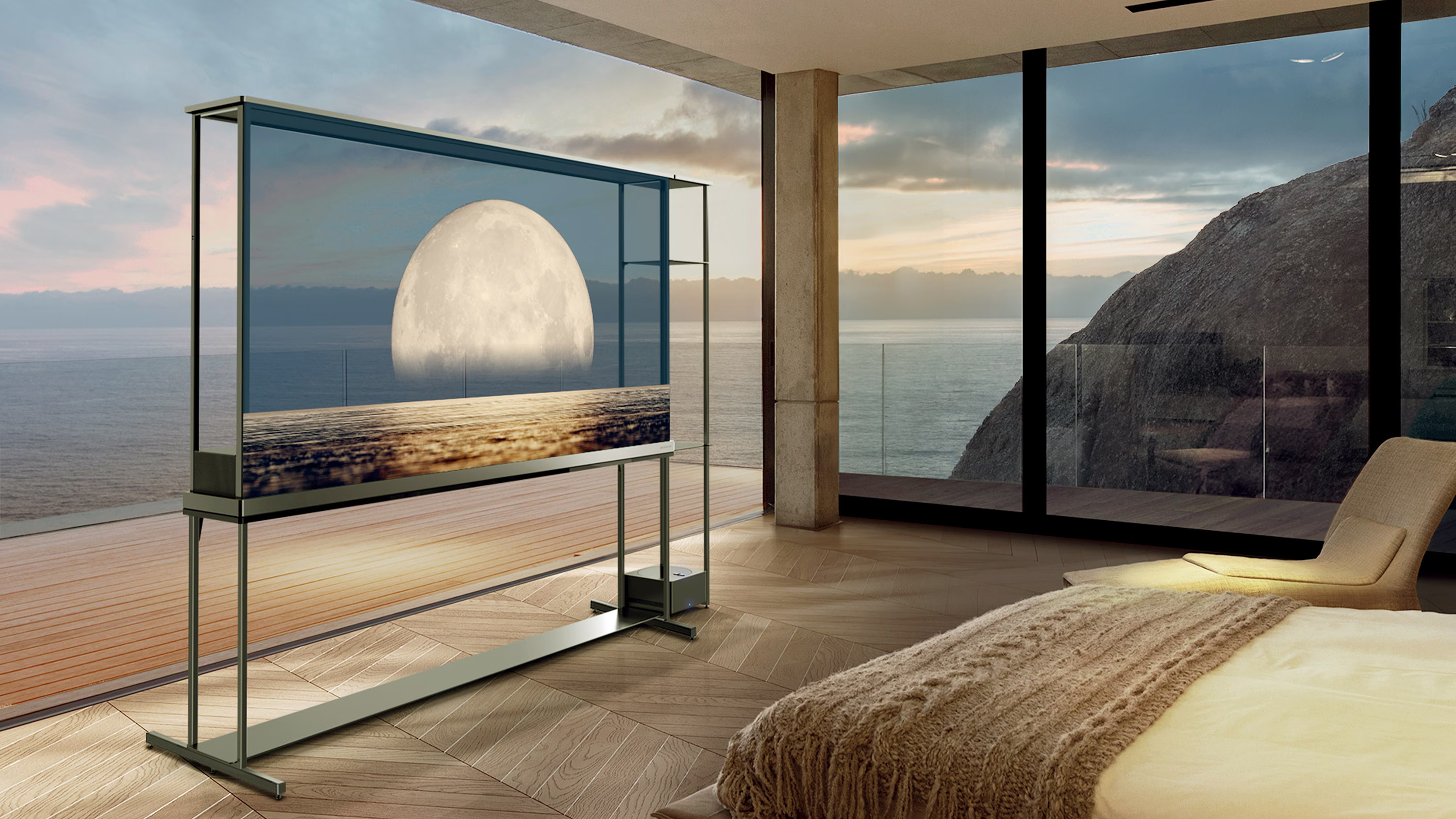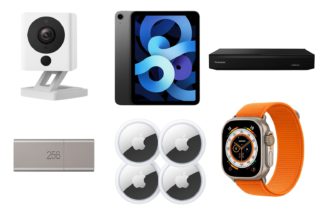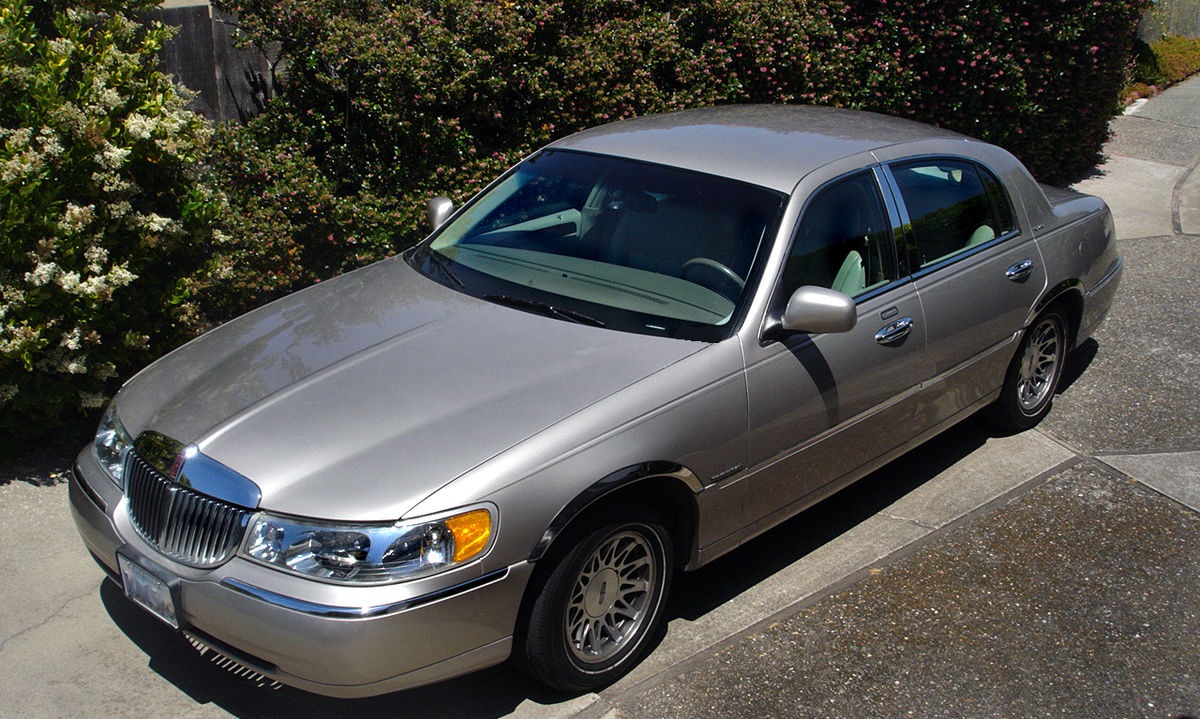Your TV becoming invisible sounds like sci-fi fever dream territory, yet LG’s Signature OLED T makes displays vanish like a magician’s finale. This 77-inch transparent screen floats in your room like a pane of smart glass, switching between crystal-clear transparency and standard opaque viewing. The catch? It costs more than most luxury cars.
The Magic Behind See-Through Screens
Transparent OLED technology eliminates the backlight, letting each pixel generate its own light.
Unlike traditional TVs that need bulky backlights, transparent OLED panels work pixel by pixel. When pixels aren’t lit, you see straight through them. LG’s Alpha 11 AI processor handles the heavy lifting, while their wireless Zero Connect Box beams video without cables cluttering your minimalist aesthetic.
The result resembles something Tony Stark would mount in his workshop—if he had an interior designer.
Reality Bites Hard at $60,000
Extreme pricing and fundamental contrast limitations make these displays impractical for most users.
Here’s where transparent TVs hit a wall thicker than their glass panels. True black is impossible since “black” areas remain transparent, meaning your movie night depends entirely on what’s behind the screen.
Bright or busy backgrounds destroy image quality faster than spoilers ruin plot twists. Most installations require motorized black backdrops that defeat the transparency purpose when you actually want to watch something. At $60,000 to $75,000, you’re paying luxury car money for a TV that works best when it’s not being transparent.
Who Actually Needs Invisible TVs
Commercial spaces and luxury installations benefit most from transparent display technology.
- Flagship retail stores
- Museum exhibits
- Hotel lobbies
These environments control lighting and backgrounds while leveraging the “wow factor” that makes Instagram stories go viral.
For everyday consumers seeking a primary TV, transparent OLEDs make zero sense. You’ll get superior image quality and save $55,000 by buying a premium conventional OLED instead.
The technology genuinely impresses in controlled settings, but transparent TVs remain luxury statements rather than practical upgrades. Unless you’re designing a showroom or your living room doubles as an art gallery, wait for prices to drop and contrast issues to improve.





























